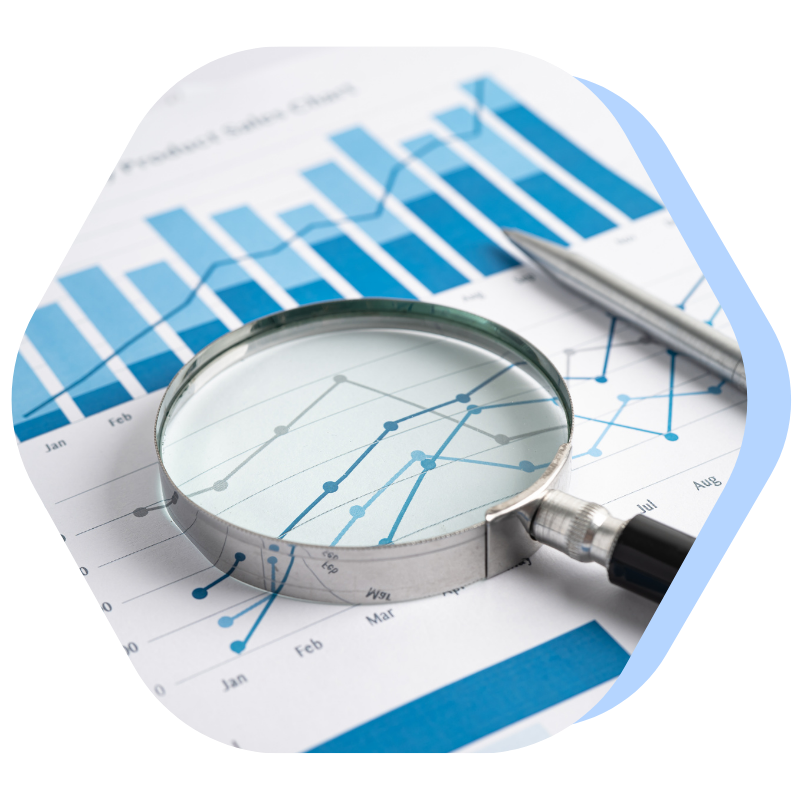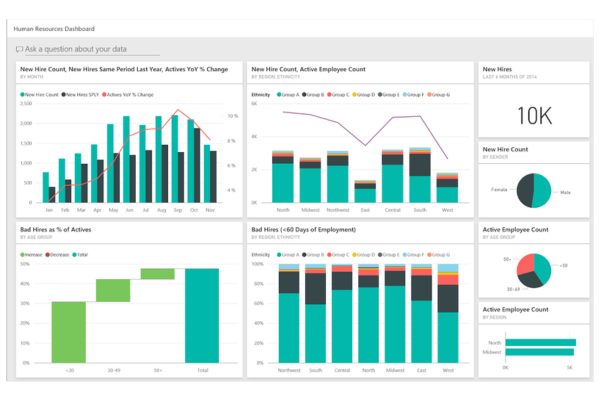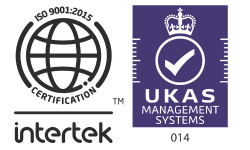Optimising workforce management with Reporting
Reporting is crucial for optimising workforce management in both small and large businesses. Small businesses focus on essential reports and use affordable tools for additional analysis.
Large businesses, on the other hand, require sophisticated integrations and predictive analytics to handle large datasets and make data-driven decisions that improve efficiency and future planning.
Good Reporting Systems: Offer standard reports for each module and basic customisation.
Great Reporting Systems: Allow cross-module reporting, real-time dashboards, advanced visualisations, and automated distribution.
Future of Reporting: AI-driven insights will revolutionise reporting, making it predictive and proactive.
Whether you’re a small business or a large enterprise, investing in a reporting system that meets your needs will deliver measurable value across the HCM cycle.















